3d Printer Designs For Beginerr S
Best 3D printers of 2021: top choices for work and home use
Included in this guide:
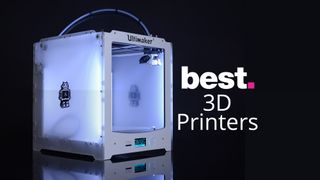
Welcome to our pick of the best 3D printers money can buy. These days, 3D printers are becoming ever more popular, so it's not just businesses that are buying these devices, but also hobbyists and home users as well.
This means there's now a huge choice of 3D printers out there that cater to all kinds of user needs and budgets. While this choice is great, it can make picking the best 3D printer for your specific needs more difficult. However, this guide can help, as we pick some brilliant 3D printers for all kinds of uses and budgets, with clear buying advice to help you determine which one you should buy.
Printing hardware has really taken off in recent years, so while a handful of filament printers (otherwise known as FDM printers) were all that was once available, there's now a wide variety of different styles to suit your needs across a range of budgets.
Unlike office-style printers that just print ink onto paper, 3D printers turn digital models into real-world objects made from materials like plastic, metal and wood. FDM printers now come in all shapes and sizes and are well suited to prototyping and crafting larger objects, while resin-based (SLA, MSLA and DLP) allow for much greater detail, typically at a smaller scale which makes them a fantastic buy for anyone looking to design jewellery or create tabletop miniatures.
You can use 3D printers to build complete products, make spare parts, or simply create things you'll find useful for your home, office, and workshop. And, since 3D printing technology is within grasp of just about anyone, you don't have to utilize one to your advantage.
Whether you're just getting your feet wet or are an expert, here are the best 3D printers range to consider. Our picks wildly vary in price, size, functionality, and use case so there should be something for you whatever it is you're looking for. Just remember that the more expensive choices are better suited for professionals while the best cheap 3D printers are ideal for those just starting out.
The best 3D printers
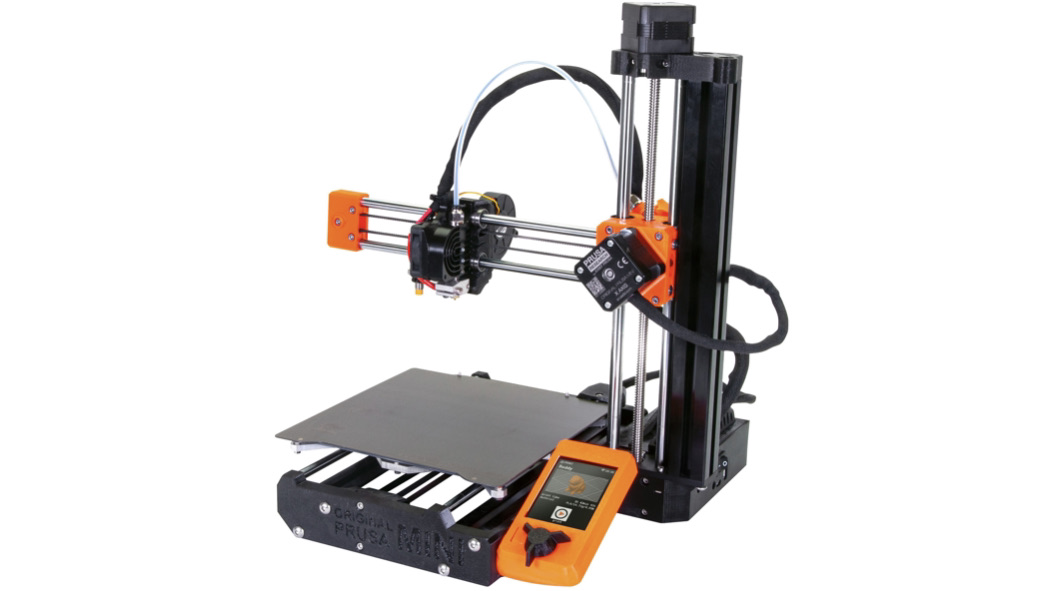
Small, affordable and remarkable 3D printer
Specifications
Print technology: Fused Deposition Modeling
Build Area: 18 x 18 x 18cm
Minimum layer resolution: 50 microns
Maximum layer resolution: 200 microns
Dimensions: 33 x 33 x 38cm
Weight: 4.5kg
Reasons to buy
+Great value for an FDM printer +Easy to use +Supports a variety of filament types
Reasons to avoid
-Reel sits separately -Imperfect print quality -Calibration can be tricky
It is testament to how quickly this category is advancing that the latest model from Prusa is superior in so many ways to its previous model and yet half the price. The Original Prusa MINI, as its name suggests, is a smaller version of the Original Prusa i3 MK3s, but the print quality is comparable, while the dimensions are far more manageable. It comes in an easy-to-assemble kit form and uses FDM (Fused Deposition Modeling) to turn popular modeling materials such as PLA, PETG, ASA, ABS and Flex into accurate printed products. There's a Network LAN port and USB port for simple connectivity and a user-friendly interface. This entry-level printer should be the first choice for crafters, modelers and engineering enthusiasts.
Read the full review: Original Prusa MINI
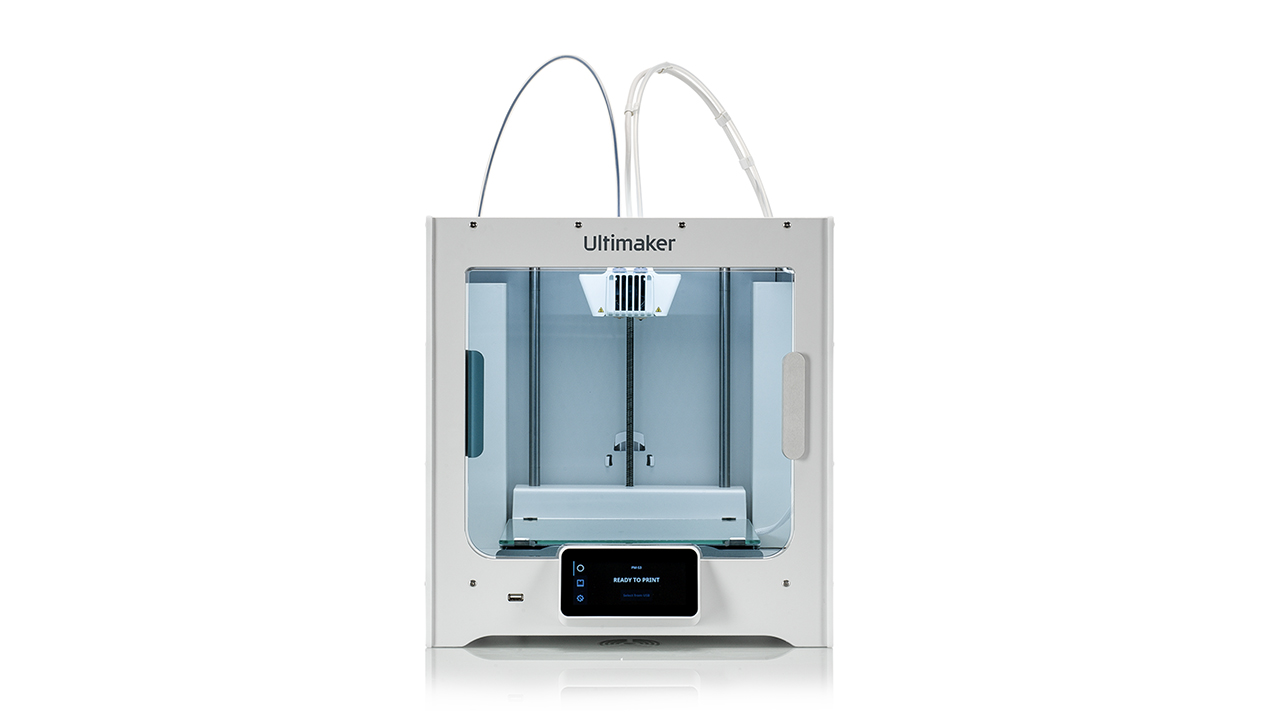
2. Ultimaker S3
The best 3D printer for college education
Specifications
Print technology: Fused Deposition Modeling
Build area: 230 x 190 x 200mm
Minimum layer resolution: 20 microns
Maximum layer resolution: 600 microns
Dimensions: 394 x 489 x 637mm
Weight: 14.4kg
Reasons to buy
+Class-leading print quality +Easy to network +Supports a range of materials
Reasons to avoid
-Expensive -Slow print times
Ultimaker has been one of the most desirable 3D printer manufacturers since 3the technology broke into the mainstream. The Ultimaker S3 is a next-generation printer with speed, quality and reliability at its heart. While the machine does make a small nod to Ultimaker's open-source foundations in looks, it breaks new ground when it comes to usability and business integration. The S3 is aimed at the education and commercial markets and offers a wide selection of accessories and materials to meet any designers needs. Standout features include the swappable cartridge hotends, market-leading touchscreen UI and the Cura slicer software.
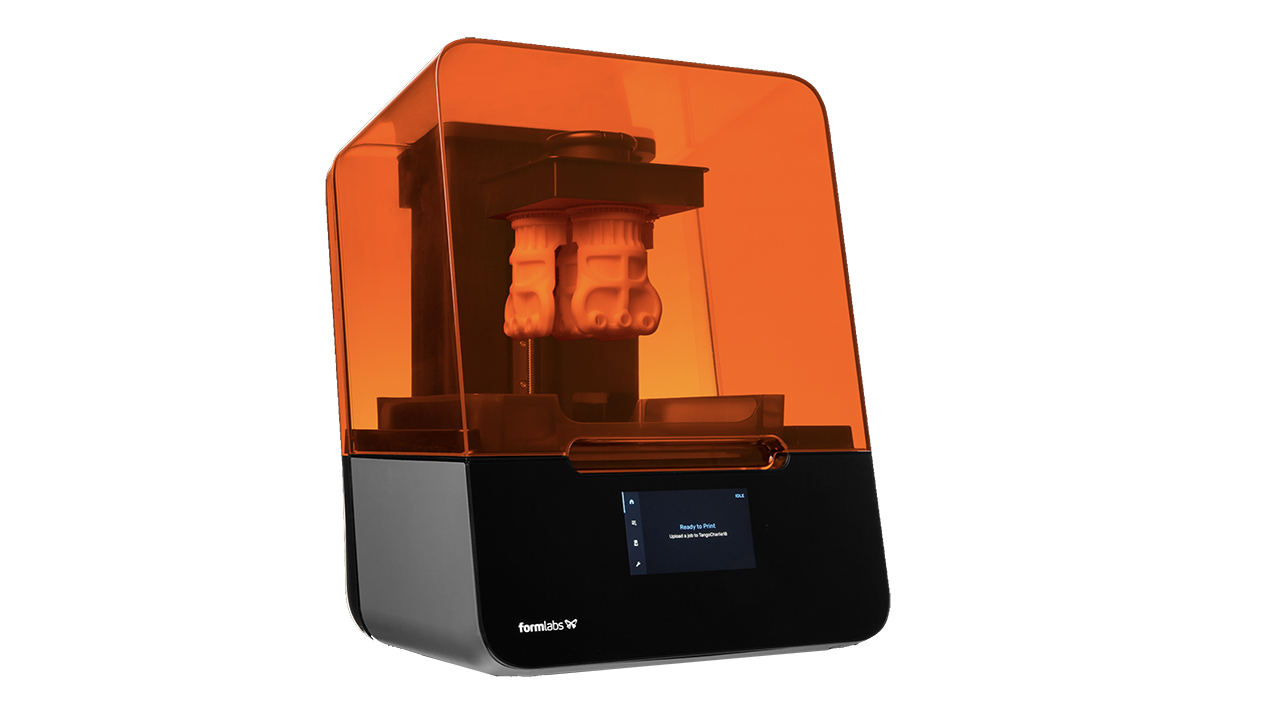
3. FormLabs Form 3
The best SLA Printer
Specifications
Print technology: Stereolithography
Build area: 145 × 145 × 185 mm
Minimum layer resolution: 25 microns
Maximum layer resolution: 300 microns
Dimensions: 405 × 375 × 530 mm
Weight: 17.5kg
Reasons to buy
+High-quality printing +Wide material support +Supports multiple users
Reasons to avoid
-SLA prints require cleaning -Incredibly expensive, even for a resin printer -Using third-party resin voids the warranty
FormLabs focusing on resin-based SLA 3D printers and has been instrumental in pioneering and advancing the technology. Form 3 is the smallest of their machines but has wide appeal with the use of a high precision laser that ensures unparalleled print quality, far surpassing FDM printers. As with all SLA printers, a liquid resin is used rather than a solid filament so more time is needed in the preparation and finishing of prints which will not suit all users. However, the breadth of materials and technology makes the Form 3 one of the most versatile 3D printers on the market. Ideal for high-quality prototypes, jewellery, casting and production.

The best MSLA Printer
Specifications
Print technology: Stereolithography
Build area: 120 x 68 x 150mm
Minimum layer resolution: 25 microns
Maximum layer resolution: 100 microns
Dimensions: 400 × 237 × 225 mm
Reasons to buy
+High-quality, very detailed prints +Wide material support +Enclosed hood to minimize fumes
Reasons to avoid
-SLA prints require cleaning -Resin comes with steep learning curve
Prusa Research revolutionised the FDM 3D printer market and the SL1 looks set to do the same for SLA printers. While the printer uses Stereolithography technology, it's in fact a slight variant, know as MSLA. This uses an LCD and UV LED to expose the resin and is far cheaper than the high precision lasers seen in the likes of Form 3. While the component parts may be cheaper the results are outstanding and with support from the excellent PrusaSlicer software and huge open source community, the SL1 looks set to be game-changer in the SLA market.
Read the full review: Original PRUSA SL1
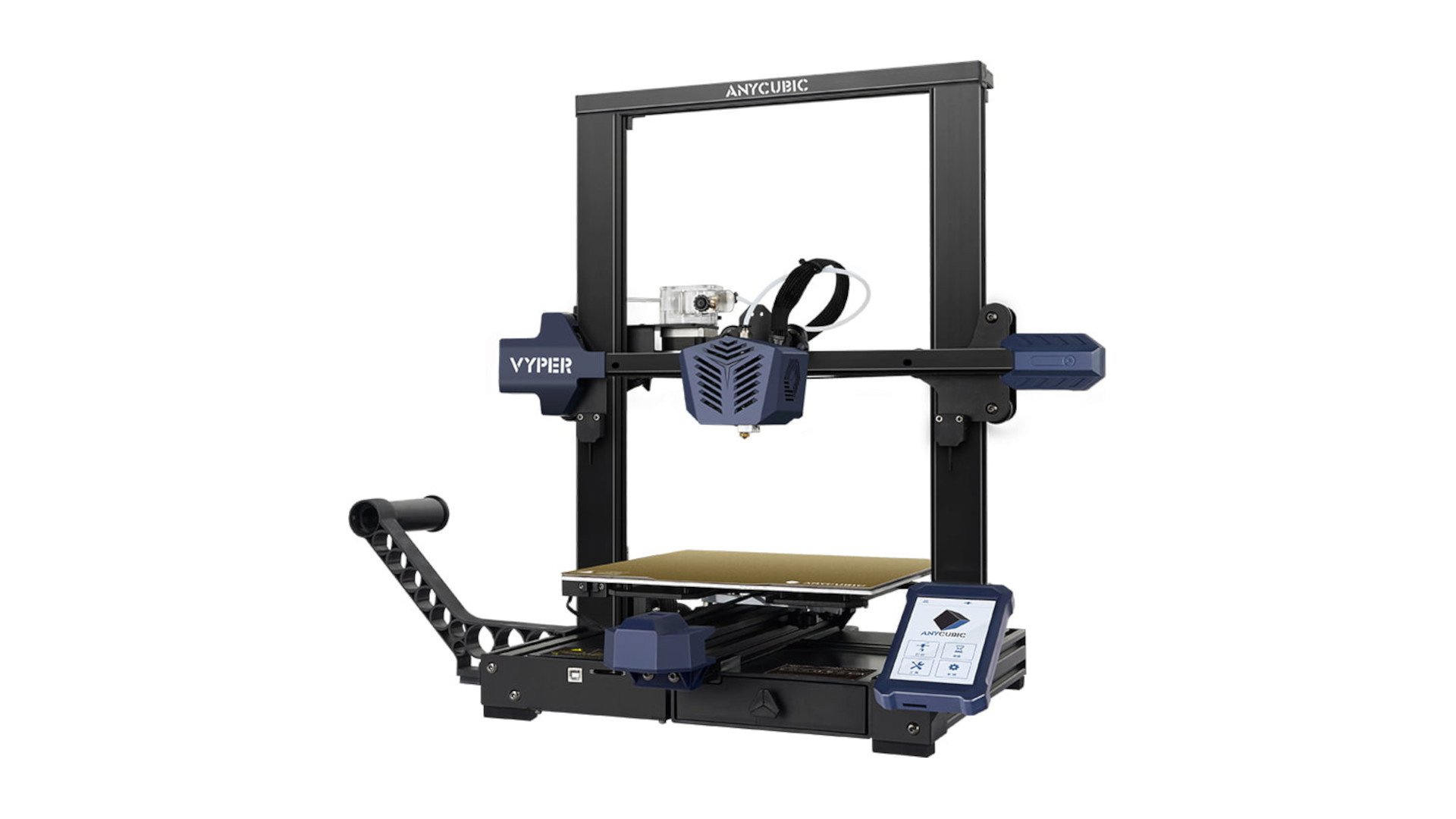
5. AnyCubic Vyper
The best beginner friendly FDM 3D printer
Specifications
Print technology: Fused Deposition Modeling
Build area: 245 x 245 x 260mm
Minimum layer resolution: 100 microns
Dimensions: 508 × 457 × 516mm
Weight: 10kg
Reasons to buy
+Built-in accessories drawer +Reliable automatic bed-leveling +Great value for the features you get
Reasons to avoid
-Excessive initial stringing -Questionable build quality in places -Cura profile needs fine-tuning
If the world of 3D printing ever seemed too intimidating for you, look no further than the AnyCubic Vyper. While perfect for beginners with its auto-leveling feature and minimal assembly, seasoned printing hobbyists will also appreciate what it can offer, albeit with a few adjustments.
As the 'automatic leveling' might imply, the AnyCubic Vyper removes the need to manually align your build plate should you want to move the machine to a different location. It's fast and accurate which saves time when setting up your first print, which makes setting up and getting started a breeze.
Read our full review: AnyCubic Vyper
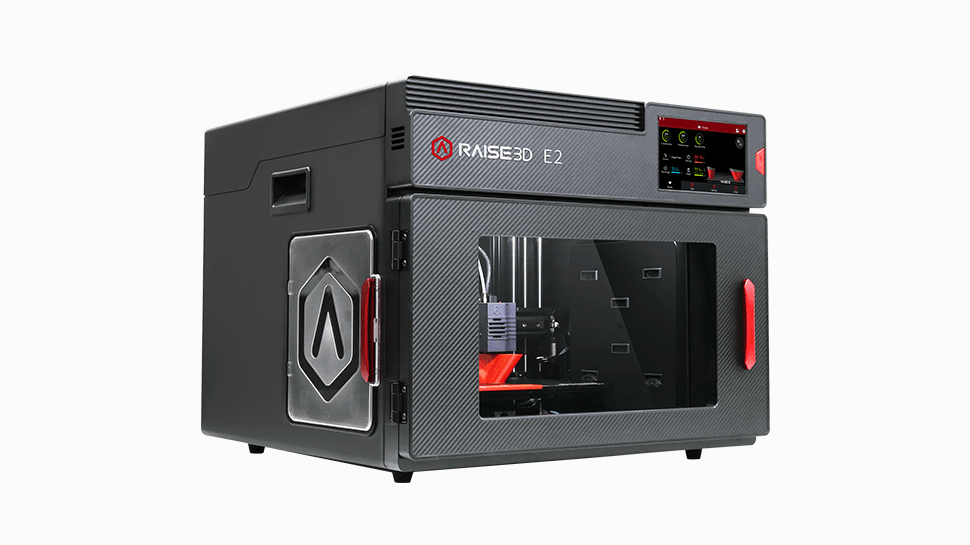
The best workhorse 3D printer
Specifications
Print technology: Fused Deposition Modeling
Build area: 330 x 240 x 240mm
Minimum layer resolution: 20 microns
Maximum layer resolution: 250 microns
Dimensions: 607 x 596 x 465mm
Reasons to buy
+High-resolution print capability +Innovative ouch screen interface +Dual Extruder system can work independently
Reasons to avoid
-Huge and heavy, not ideal for home use -Careful placement of bed required -Needs manual assistance for filament loading
3D printing has truly come of age and machines like the Raise3D E2 bring high-end FFF printing to the home, education and business. This dual extrusion printer goes head-to-head with the RoboxPro and will fulfil most companies' design and development needs with slick business and network integration. Home and educational users will benefit from a simple interface and near faultless reliability. The only drawback of this machine is the size and weight.
Read the full review: Raise3D E2

Best 3D printer for schools and business
Specifications
Print technology: Fused deposition modeling
Build area: 210 x 150 x 100mm
Minimum layer resolution: 50 microns
Maximum layer resolution: 500 microns
Dimensions: 410 x 340 x 240mm
Reasons to buy
+Very easy to use +Can be connected to further printers +Automated Filament loading
Reasons to avoid
-Advanced features require proprietary filament -Very noisy compared to competitors
There are few manufacturers who have focused as much attention on the 3D printing journey as CEL-UK. From the AutoMaker software that enables you to prepare and monitor the prints through to the printers special features and accessories that help with iterative design and production. The RoboxDual has been designed to adapt to any user level. SmartReel, Headlocks swappable tool heads, auto filament loading, and bed levelling make it ideal for use in schools. With the addition of the network enabling Root or Mote, it's also ideal for product design agencies and engineers working at scale.
Read the full review: CEL-UK RoboxDual
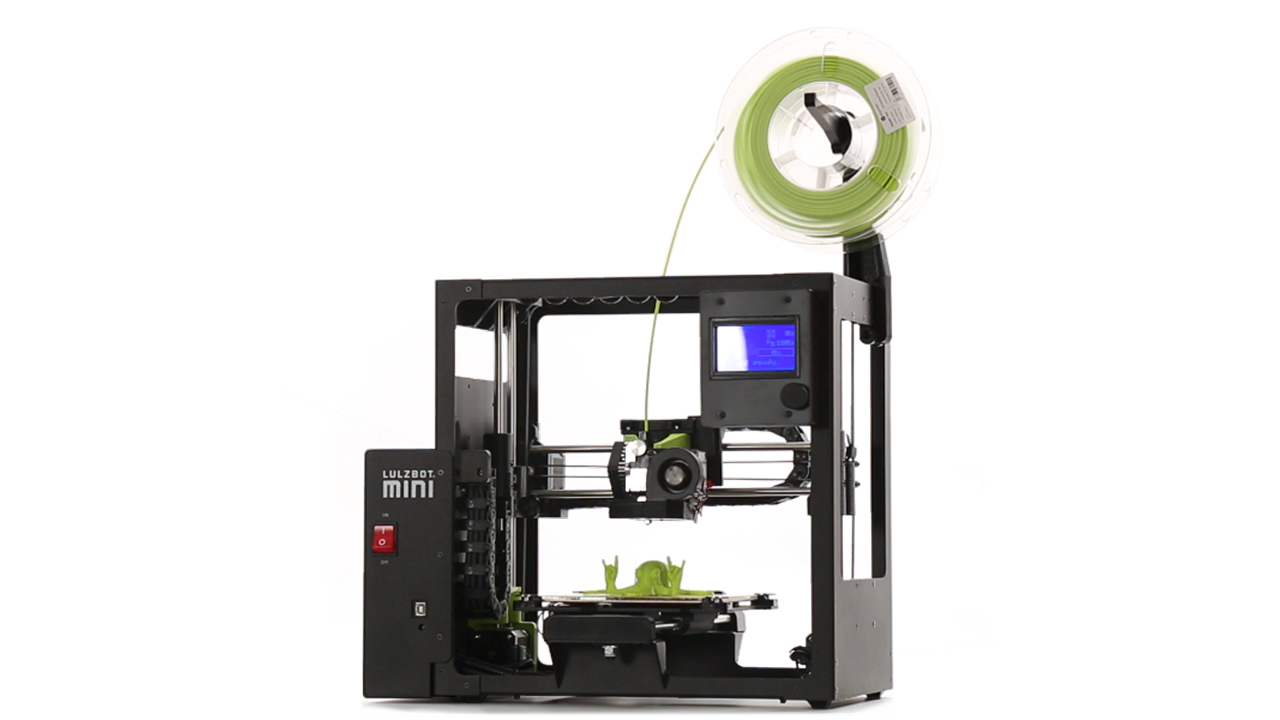
8. LulzBot Mini 2
Another great 3D printer for beginners
Specifications
Print technology: Fused deposition modeling
Build area: 160 x 160 x 180mm
Minimum layer resolution: 50 microns
Maximum layer resolution: 400 microns
Dimensions: 457 mm x 339 mm x 607 mm
Weight: 9kg
Reasons to buy
+Very easy to use while being high quality +Open-source and supports a range of materials +Much quieter than expected
Reasons to avoid
-Open frame design -More expensive than many FDM printers
If you're looking for a first 3D printer to learn the ropes with, then the LulzBot Mini 2 is another excellent choice. It's available for a decent price and is easy to use, with version 2 improving on print speed and noise reduction. The hardware is open-source, which means it has a flexibility that propitiatory hardware lacks, as a committed community of makers can work together to create add-ons for the printer.
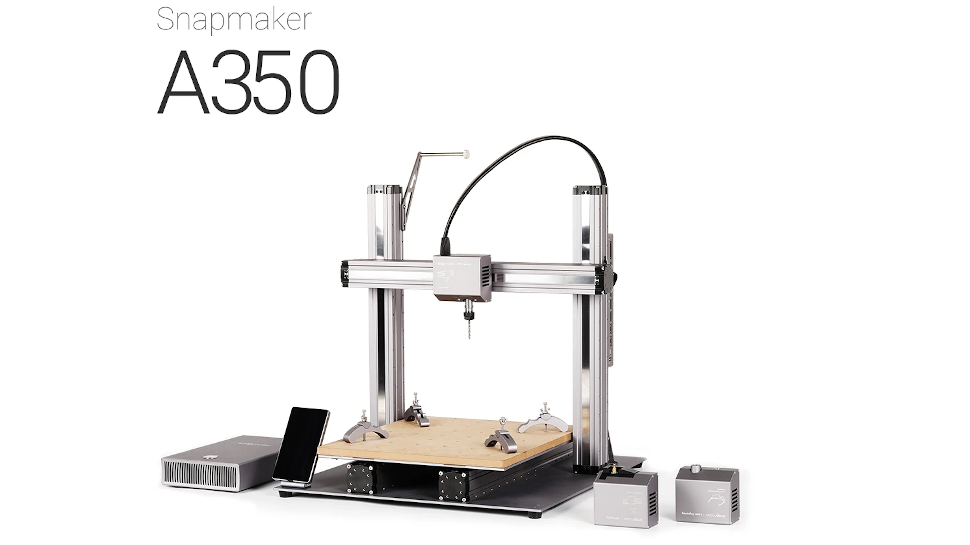
Best 3-in-1 3D printer
Specifications
Print technology: Fused Filament Fabrication, CNC, Laser
Build area: 350 x 350 x 350mm
Minimum layer resolution: 50 microns
Maximum layer resolution: 300 microns
Dimensions: 645 x 480 x 580mm
Reasons to buy
+3D printer, CNC, and Laser cutter in one +Solid design and build quality +Easy to understand software
Reasons to avoid
-Switching between uses takes time -Enclosure purchased separately -Very noisy when printing
A true 3-in-1 machine makes sense, because 3D printers, CNC and Laser cutters all use the same basic mechanics and technology. The original Snapmaker has a dedicated following, so it is no surprise that the Snapmaker 2.0 builds on its predecessor's reputation and features. The A350 is the largest of three models and proves proficient at all disciplines. Swapping between the three heads and beds does take time to reconfigure and calibrate for the prince and features it's worth it.
Read the full review: Snapmaker 2.0 A350
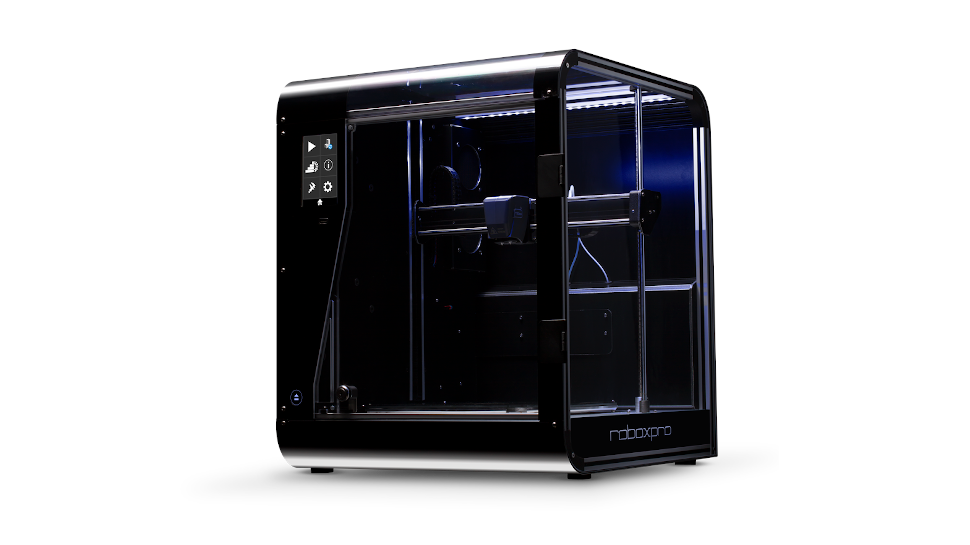
Best 3D printer for commercial printing
Specifications
Print technology: Fused Deposition Modeling
Filament Diameter: 1.75mm
Build Area: 210 x 300 x 400mm
Minimum layer resolution: 50 microns
Maximum layer resolution: 500 microns
Dimensions: 513x508x605mm
Weight: 26kg
Reasons to buy
+Swappable print heads +Dual Extruder and auto bed leveling +Network ready, no wired needed
Reasons to avoid
-Large scale printer, not ideal for home use -Can be difficult to load filament
CEL-UK is a leader in 3D Printer innovation, with the original Robox printers introducing many new features to the world of FDM 3D printers. The RoboxPro is Robox on a large scale with a feature set that reads like a 3D print wish list; auto filament loading, auto bed leveling, Wi-Fi, network printing and swappable tool heads. The main focus of the machine is quality and reliability, designed for anyone wanting a printer that can realize product ideas and get them to market. The enclosed design makes it an ideal choice for commercial and educational use.
Read the full review: CEL-UK RoboxPro
Best 3D Printers: How did we test them?
3D printers are tested using a collection of bespoke benchmarks that help show the strengths and weaknesses of each model that after time can be compared against other products. These will differ depending on printer type, but a filament printer will be tested for stringing, bridging and speed, as well as additional commentary on detail achieved and noise levels.
This will be done fairly, with dues given to different materials and printer types, with resin printers being subject to smaller, more detailed models to replace the stringing test. Design, price and performance will be also be explored as sections within the reviews.
All our tests are conducted from the perspective of the printers target market where possible, so expect to see a lot of tabletop miniatures and figurines alongside the usual 'benchies' (test models that are also dubbed as 'torture tests' to see where a printer needs to be better optimized for future prints).
- We've also featured the best printers

Matt (Twitter) is TechRadar's Senior Computing editor. Having written for a number of publications such as PC Plus, PC Format, T3 and Linux Format, there's no aspect of technology that Matt isn't passionate about, especially computing and PC gaming. If you're encountering a problem or need some advice with your PC or Mac, drop him a line on Twitter.Senior Computing editor
3d Printer Designs For Beginerr S
Source: https://www.techradar.com/best/best-3d-printers
Posted by: marquardtaccur1984.blogspot.com

0 Response to "3d Printer Designs For Beginerr S"
Post a Comment